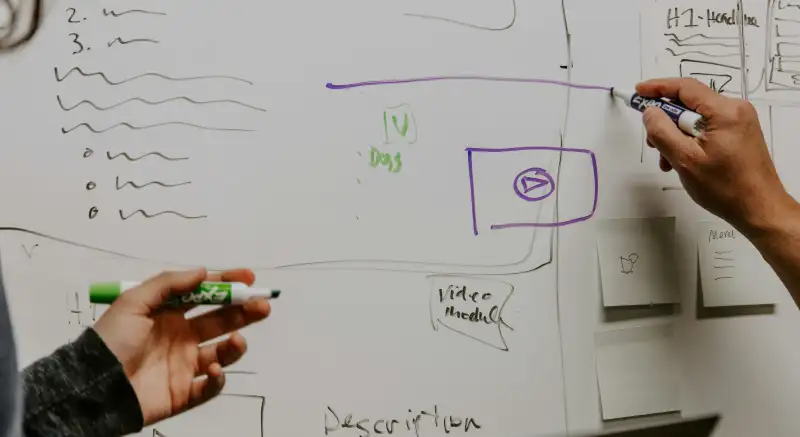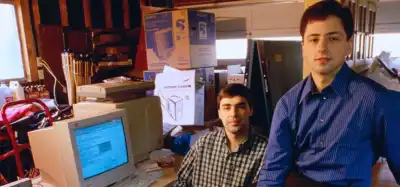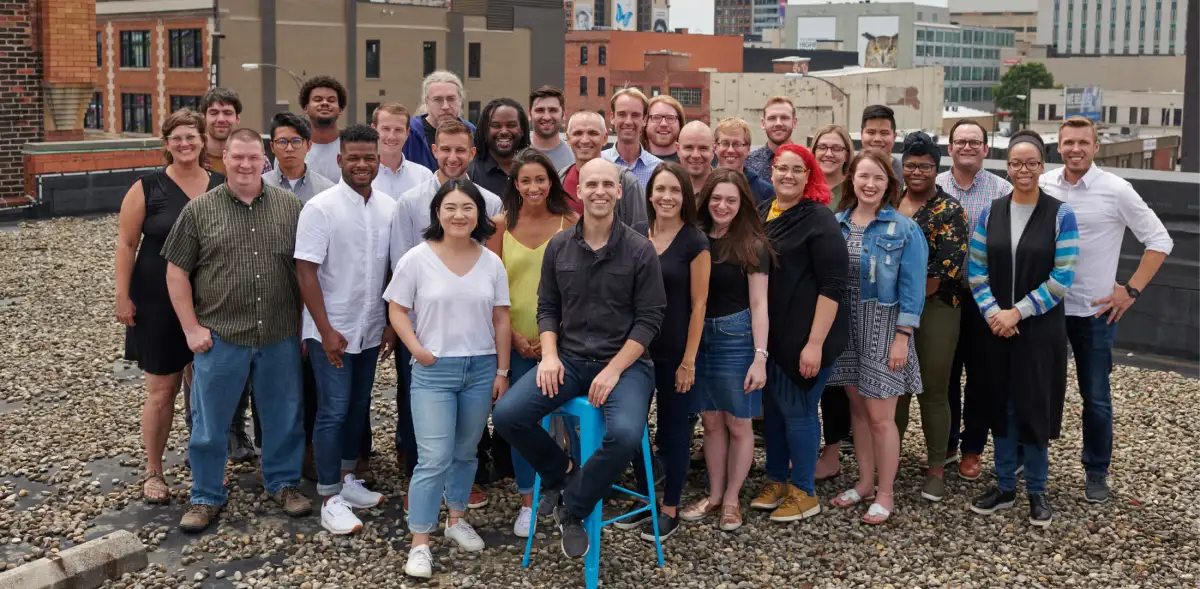Summary
As a startup where everyone wears a lot of hats, HumanFirst needed a management tool that would keep employees aligned in a rapidly changing environment. Here’s how the pioneering SaaS healthcare startup implemented OKRs (Objectives and Key Results) in a savvy way, combining top-down and bottom-up strategies.
Clinical trials establish trust in the safety and efficacy of pharmaceuticals, but pivots and restarts often plague trial design, adding hurdles for firms and for patients waiting on potentially lifesaving treatments.
There are thousands of tools available for collecting data and measuring patient outcomes, and zeroing in on the right one for a particular trial can be challenging. HumanFirst, founded in 2017 by Andy Coravos, makes it easier to select the right tools for data collection, such as wearable devices (also known as Digital Health Technologies, or DHTs), and for patient outcome assessment, including imaging, lab tests, and electronic patient questionnaires.
The vetted data that HumanFirst provides has helped 24 of the nation’s top 25 pharmaceutical companies build more efficient and effective clinical trials. It plans to continue aiding in the acceleration of drug development through its 3,000 DHTs and outcome assessments that can gather more than 15,000 measures to address 1,000+ medical conditions.
When employees wear multiple hats
Speed is one of the highest priorities for a startup like HumanFirst. “The more trials we support, the better patient care gets,” says Chloe Yoo, former Head of Operations and Finance.
Improving patient care and patient lives is the reason Yoo joined HumanFirst, while the organization’s flatness, flexibility, and opportunities have been compelling reasons to stay. In this small startup, things move fast and change constantly. “Every single person wears a lot of hats,” she says. To address emerging priorities and take advantage of opportunities, the team must allocate resources rapidly and fluidly.
“People have moved from engineering to product and from marketing to product ops,” says Coravos. She realized that traditional job descriptions weren’t flexible enough for a startup. So she replaced them with “Tours of Duty,” an approach borrowed from her time as entrepreneur-in-residence with the Food & Drug Administration. Tours of Duty (TODs) are short-term assignments of 6 to 18 months, creating flexibility for employees. “It’s a marriage between what the company needs and where people bring strength and a desire to stretch and grow,” Coravos says.
TODs describe roles in three parts: a mission, a set of responsibilities, and outcomes. Some roles, such as those that are purely operational, may have a long list of responsibilities, while others, in product and engineering, are more outcome driven. Term length can vary, too. But every TOD describes overarching outcomes that are expected by the end of the term.
Not only do TODs allocate resources to the most critical areas, but they also keep people engaged. “The culture and morale here is better than anywhere I’ve seen, and I think it’s because changing roles is celebrated,” Yoo says. “You don’t expect people to stay at a startup forever, and while they are here, you want them to be constantly changing and growing.”
Yoo, for example, joined HumanFirst in an operational role focused on internal business processes. “Now, I barely touch that.” she says. “Those responsibilities are now managed by a handful of people, and I spend 90 percent of my time on finance and on driving sales partnerships.” As for the speed and intensity of the startup environment, Yoo says: “Twelve months here is like three years somewhere else. The number of things you touch in one year is wild. The number of things you touch in one day is wild!”
Using OKRs to align roles with goals
If TODs help HumanFirst get things done, OKRs help the team get the right things done. Coravos has made them part of her strategy since the beginning, but the process has evolved.
She initially created top-down OKRs cascading from the C.E.O. Later she tried bottom-up, but found that neither approach fully promoted ownership, engagement, or alignment. Now, the whole leadership team collaborates on top-line OKRs. “We focus on our highest order outcome,” says Yoo, “which is to increase the number of clinical trials we support.” Once leadership unveils the top-line OKRs, the rest of the organization ladders back up to them through the lens of individual TODs. Managers vet alignment between the OKRs and the outcomes expected of the TODs. And if an OKR doesn’t align with an existing TOD, managers create a new one.
For example, in one quarter when pipeline development became a top priority, the operations associate shifted to a TOD focused on sales and marketing, driving and monitoring both inbound and outbound efforts.
Most new OKRs line up with an existing TOD. Christine Campbell, HumanFirst’s former Chief of Staff, is an example. “As we start executing on what we have planned for the quarter, we see where the team needs more support to get something over the line,” she says. “In a generalist Tour of Duty like Chief of Staff, I can flex and do whatever our existing team doesn’t have the bandwidth to do.”
Sometimes a TOD is completed, and employees can propose new ones or apply for any open TOD. Someone might take on a TOD to develop a playbook for sales processes, then move on to something fresh, while another team member gains skills in a TOD that executes against and improves upon that playbook.
“I started off as a research analyst,” Campbel says. “Very quickly I was thinking about how data entered into the back end was being presented on the front end for our customers. This lent itself to thinking about being a product owner or manager.”
She had never worked with engineers before, but with their help, “it was really fun to learn the technical side.” After working as a product manager, then leading product, Campbell realized she could bring good insights to a TOD in relationship management. “Because I was so deep on the product side, knowing how we built what we did and seeking feedback, I was then able to set up our customer experience team. I was just so excited to learn and do all the things!”
For HumanFirst, TODs and OKRs are just better together. “Every teammate has a job description and a Tour of Duty,” Coravos says. And every Tour of Duty is linked to OKRs. Coravos bases compensation on how individuals fulfill overall roles and responsibilities. OKRs reflect an individual’s alignment with team outcomes. But it’s the combination of OKRs and Tours of Duty that allows employees to grow and change while remaining focused on the organization’s priorities even as they fluctuate.
“In a startup, nobody will have the same role a year from now,” Coravos says, “but people deserve to know what they are doing [and why], and have a voice in pursuing a role that works for them.”
(UPDATE: In February 2024, HumanFirst was acquired by ICON, the world’s leading clinical research organization.)



